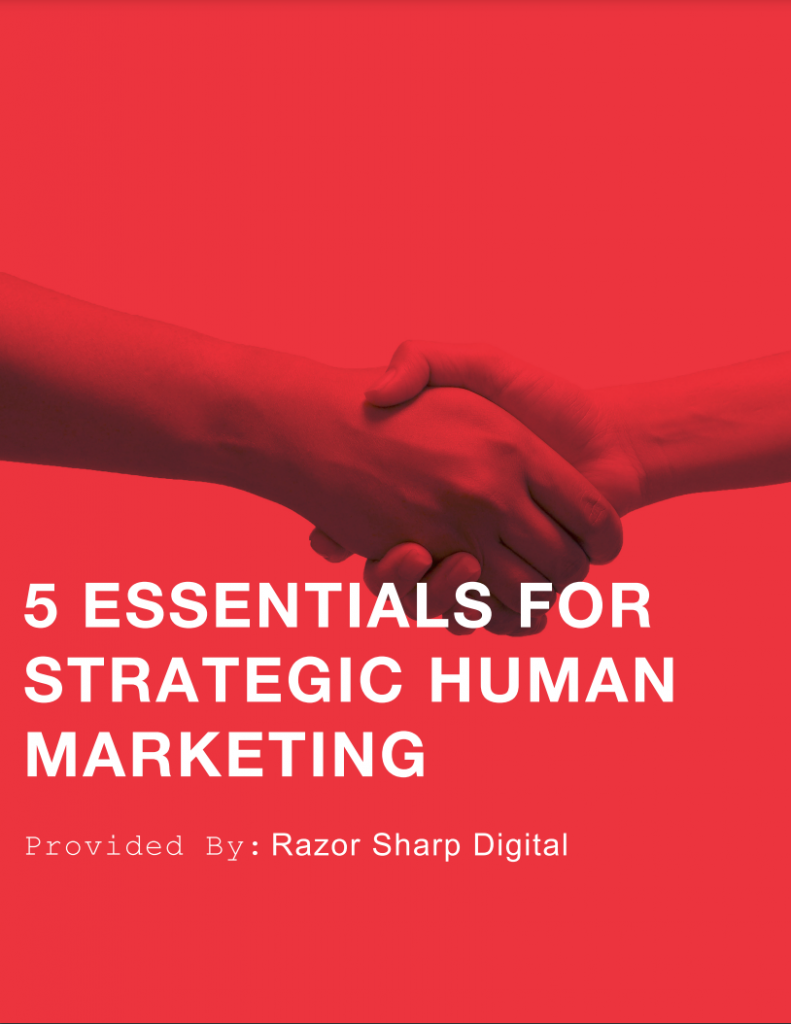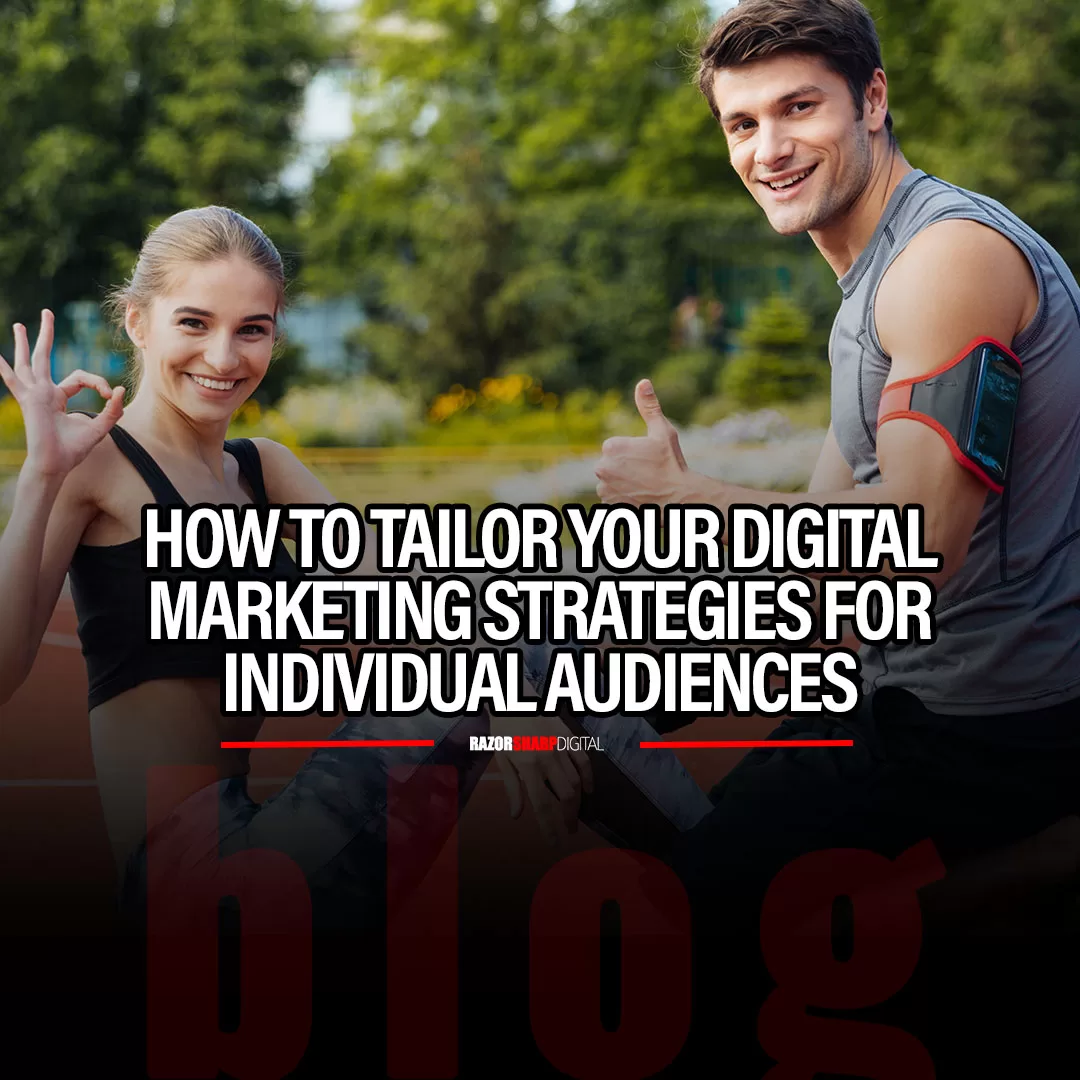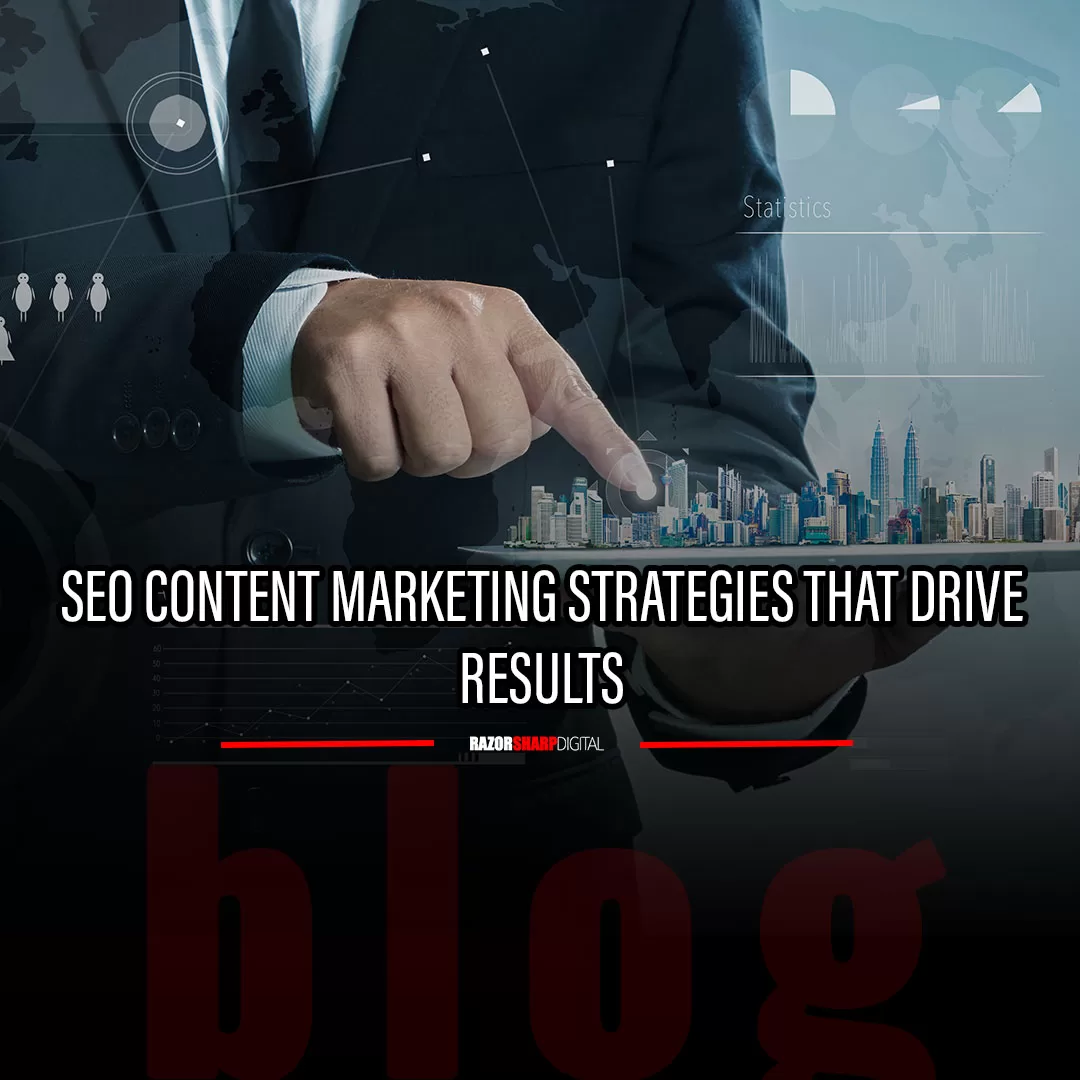Unveiling the Key Elements of Successful Paid Media Campaigns
Successful paid media campaigns require a holistic approach that encompasses precise ad targeting, compelling creative content creation, strategic budget allocation, and diligent performance tracking. In this article we dive into the key elements of successful paid media campaigns.

Paid media campaigns have become a cornerstone of marketing strategies for businesses looking to reach their target audience effectively. With the vast array of platforms and tools available, crafting a successful paid media campaign requires a strategic approach that encompasses various essential elements. From precise ad targeting to compelling creative content and diligent performance tracking, every aspect plays a crucial role in determining the campaign’s success.
In this blog post, we will delve into these key elements and explore strategies for optimizing them to ensure maximum return on investment (ROI).
Understanding the Essentials of Paid Media Campaigns
Precise Ad Targeting: The foundation of any successful paid media campaign lies in targeting the right audience. Utilizing demographic data, interests, behaviors, and other relevant factors, advertisers can narrow down their audience to those most likely to engage with their ads. For instance, a fitness apparel brand may target fitness enthusiasts aged 25-40 with interests in yoga and running. Advanced targeting options provided by platforms like Facebook Ads Manager and Google Ads allow advertisers to refine their audience even further, ensuring that their ads reach the most relevant users.
Compelling Creative Content Creation: Once the target audience is defined, the next crucial element is creating compelling ad creatives that capture attention and drive action. Whether it’s a catchy headline, eye-catching visuals, or engaging copy, the creative content plays a pivotal role in attracting users and conveying the brand message effectively. A/B testing different ad creatives can help identify which elements resonate most with the audience, allowing advertisers to refine their approach and maximize effectiveness.
Strategic Budget Allocation: Effective budget allocation is essential for optimizing the performance of paid media campaigns. It’s not just about how much budget is allocated but also how it’s distributed across different channels, campaigns, and ad sets. By monitoring performance metrics such as click-through rates (CTR), conversion rates, and cost per acquisition (CPA), advertisers can identify high-performing campaigns and allocate more budget accordingly. Additionally, setting daily or lifetime budget caps helps prevent overspending and ensures that resources are utilized efficiently.
Tracking Performance Metrics: Tracking and analyzing performance metrics are critical for evaluating the success of paid media campaigns and making data-driven decisions. Platforms like Google Analytics, Facebook Pixel, and LinkedIn Insight Tag provide valuable insights into metrics such as impressions, clicks, conversions, and ROI. By regularly monitoring these metrics and adjusting campaign parameters accordingly, advertisers can optimize their campaigns for better performance and higher ROI.
Case Studies and Real-World Examples
Let’s take a closer look at how these key elements come together in real-world scenarios to drive successful paid media campaigns:
Case Study 1: E-commerce Apparel Brand
An e-commerce apparel brand specializing in sustainable fashion aimed to increase sales during the holiday season. By leveraging Facebook Ads’ advanced targeting options, they narrowed down their audience to environmentally conscious consumers aged 18-35 interested in sustainable fashion brands. They created visually appealing ad creatives featuring their latest holiday collection, accompanied by compelling copy highlighting their brand values and unique selling propositions. Through strategic budget allocation and continuous performance tracking, they optimized their campaigns to achieve a 30% increase in sales compared to the previous year, surpassing their ROI targets.
Case Study 2: SaaS Startup
A SaaS startup offering project management software targeted small and medium-sized businesses (SMBs) looking to streamline their workflow processes. Through Google Ads, they targeted keywords related to project management software and tailored their ad copy to address common pain points faced by SMBs. By allocating their budget strategically based on keyword performance and tracking metrics such as click-through rates and conversion rates, they optimized their campaigns for maximum efficiency. As a result, they achieved a 40% increase in free trial sign-ups within the first month of launching their paid media campaigns, driving significant growth for their business.
Successful paid media campaigns require a holistic approach that encompasses precise ad targeting, compelling creative content creation, strategic budget allocation, and diligent performance tracking. By focusing on these key elements and continuously refining their approach based on data-driven insights, advertisers can maximize their ROI and achieve their marketing objectives effectively.
Whether it’s increasing sales, driving website traffic, or generating leads, mastering these essentials is essential for unlocking the full potential of paid media advertising in today’s digital age.
Are your paid media campaigns finely-tuned and human-centric?
Let's get connected!

Download for FREE TODAY!
Stay in touch with us!
Get all the latest content, news, and digital marketing insights to help you humanize your brand.
Categories
- Advertising (1)
- AI (3)
- Anchor.FM (1)
- Audio (2)
- Company Culture (1)
- Digital Marketing (15)
- Facebook (3)
- General (1)
- Instagram (2)
- Launch (1)
- Marketing (25)
- Paid Media Campaigns (8)
- SEO (12)
- Snapchat (1)
- Social Media (35)
- Storytelling (1)
- Twitter (1)
- Uncategorized (1)
- Video (2)
- Website Development (13)
We Are Your Human-Centric Marketing Partner
Your company needs humanization and personalization in order for it to thrive and grow. Our systematic, strategic, and seasoned approach will help you thrive and grow. Let’s discuss ways we can help your business become more human-centric so you can dominate.







